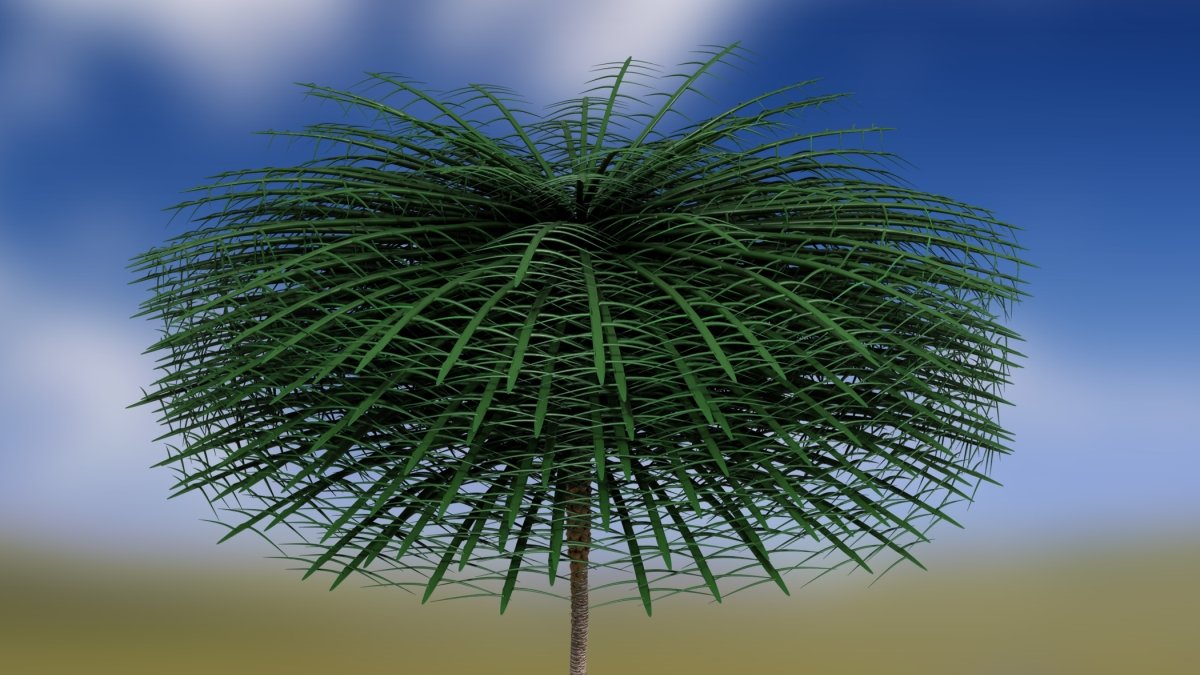a 350-Million-Year-Old Fossil Reveals An Ancestral Tree Species From Early Carboniferous Period
The discovery of a fossilized tree species, deemed Sanfordiacaulis densifolia, from the early Carboniferous period, located in northeastern Canada, has astounded researchers recently. Sourced from a quarry that once held an ancient lake, the fossil traces its roots back to shortly after the initial introduction of fossil trees in the late Devonian period according to our resources.
A Unique Growth Pattern Sets Sanfordiacaulis densifolia Apart
A fascinating feature that sets the Sanfordiacaulis densifolia apart is its distinctive growth pattern. Despite being held upright by a remarkably lean, non-woody trunk of just half a foot in thickness, it supports a broad canopy that extends across 18 feet. Researchers speculate that this design allowed for the efficient collection of sunlight amidst a canopy of taller vegetation. Adorned with nearly 250 leaves each measuring around 6 feet in length, the tree’s structure portrays a unique adaptive method in the evolutionary timeline of plant life.
The Exceptional Preservation of the Fossil
The preservation of these fossilized trees is the result of an earthquake that caused their submersion into the rim of a lake. This incident ensured that the trees, inclusive of their branches and crown foliage, remarkably remained preserved. These fossils, found within sandstone and siltstone deposits, offer an infrequent three-dimensional perspective into the structure of ancient trees.
The Importance of the Discovery
An extensive study led by paleontologist Robert Gastaldo of Colby College concludes that the Sanfordiacaulis densifolia symbolizes an ‘unsuccessful experiment’ in the progression of land-based life forms. Despite its evident failure to proliferate vastly, the tree provides substantial insight into the divergence and evolutionary systems of ancient plant life. This species’ discovery, specifically adapted to prosper beneath the forest’s canopy, uncovers the intricacy of primeval forests and exposes nature’s numerous evolutionary experiments during the Latter Paleozoic Era.














